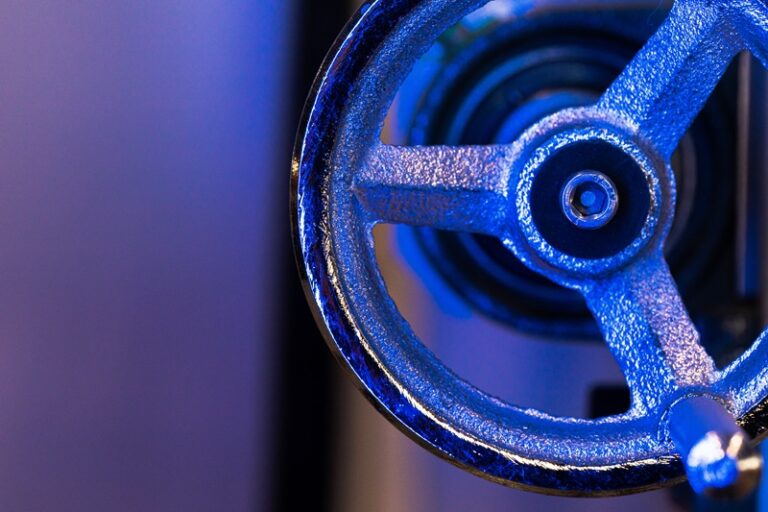The paper tube manufacturing industry has come a long way. From the days of manual processes to today’s fully automated systems, technology has played a major role in enhancing productivity, quality, and efficiency. Early paper tube production required workers to manually roll and glue paper layers, which was not only time-consuming but also prone to inconsistencies. These limitations meant that production could only meet the demands of smaller-scale operations, and quality control was a challenge.
As industrialization advanced, manufacturers began adopting machinery that automated various stages of production. This shift marked a significant milestone in the paper tube industry. Machines were introduced to automate the cutting, gluing, and winding processes, reducing the reliance on manual labor and ensuring more consistent tube sizes and quality. The automation of these tasks also allowed for faster production speeds, making it possible to meet growing demand while improving overall output.
The real revolution in paper tube manufacturing came with the development of fully automated systems, which integrated advanced technologies like robotics, sensors, and computerized control systems. Today’s automated production lines are capable of producing paper tubes at impressive speeds, with minimal human intervention. Robots can handle tasks like loading materials, checking for defects, and packaging finished products. These advancements not only improve efficiency but also reduce human error and improve safety in the workplace. Furthermore, automation allows manufacturers to fine-tune their processes in real-time, ensuring that each tube meets the highest standards of quality.
With the rise of smart factories and the Internet of Things (IoT), the future of paper tube manufacturing looks increasingly data-driven. Automated systems are now equipped with sensors that collect data on every stage of production, from raw material handling to finished product quality. This data can be analyzed to optimize workflows, predict maintenance needs, and reduce downtime. As the industry continues to embrace digital technologies, it is set to become even more efficient, sustainable, and responsive to customer needs, signaling a bright future for automated paper tube production.






Hi, this is a comment.
To get started with moderating, editing, and deleting comments, please visit the Comments screen in the dashboard.
Commenter avatars come from Gravatar.